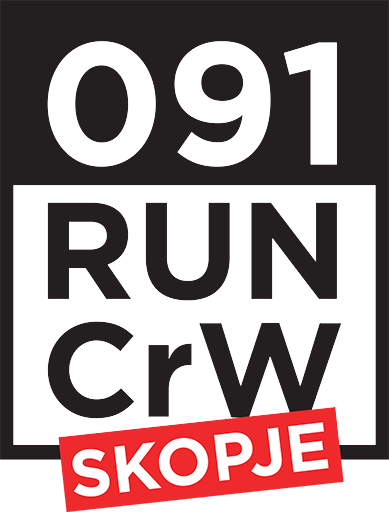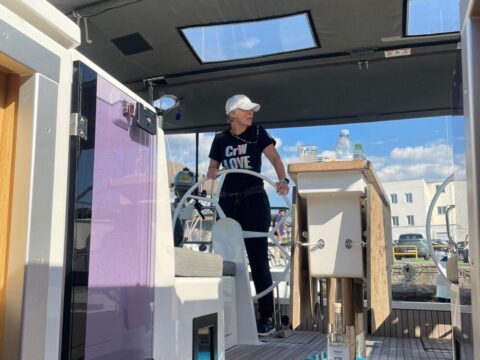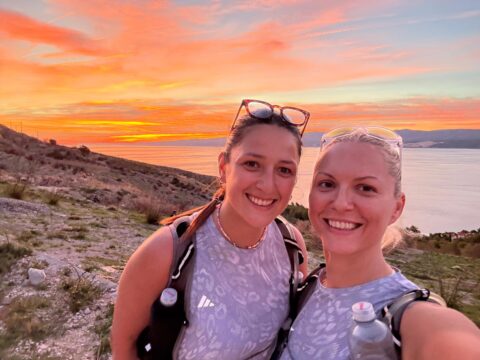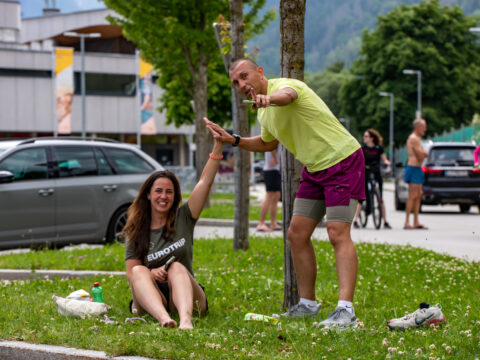
5 Reasons Running Makes You Happier
26.05.2019
11 Reasons to Start Running
26.05.2019How to Find the Best Places to Run
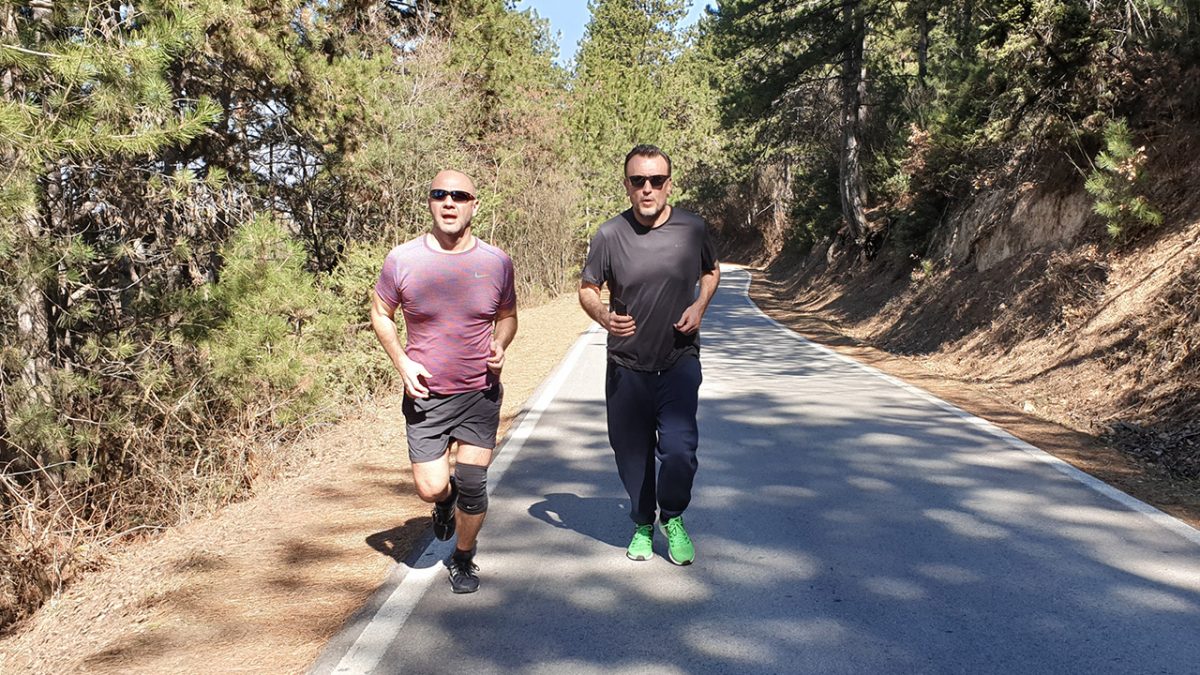
For many runners, convenience is a big draw. Often, you can lace up your running shoes, head out your front door, and start running. But when you’re new to the sport, it can sometimes be tricky to figure out where to run, and know how far you’re going. The good news is, there is an app (actually, many) for that, and you can also get lots of help from the running community.
Where to Run Near Your Home
On your local roads or sidewalks, look for routes that have minimal traffic and a wide shoulder (or sidewalks). Be sure to follow safety precautions for running outside, such as running in the opposite direction of traffic. It’s also important that you practice good running etiquette and are courteous to other runners, walkers, and cyclists.
When running on roads, you can use MapMyRun to plot your route and measure it. The site also has saved routes from other runners in your area, so you can browse through them and find some new routes. Or, drive your route and measure the mileage using the car’s odometer. Once you have some experience and know you run at a consistent pace, you will be able to calculate distance based on time and pace. Until that time, carry a phone with you so you can get directions or call for help if you need it.
Of course, you may not always have the most ideal conditions to run on your local streets. Plus, running the same roads in your local neighborhood may get tedious after a while. Varying your routes and the types of surfaces you run on benefits both your mind and your body, because it helps defeat boredom and also challenges new and different muscles.
To find more options in your area, search your city or county’s parks department website to learn more about local parks and trails. Or try searching “best places to run near me” for plenty of suggestions.
Run With a Group
You can also get in touch with your local running club and find out where they do their group runs. Even if you don’t want to run with them, you’ll at least get ideas for new routes. Your local running shop is also a great resource—they’re sure to have suggestions for local running routes.
You may learn about parks and recreation facilities that you didn’t even know existed. If you’re lucky, you may find a nearby dirt hiking and running trails, which will be easier on your body than concrete or asphalt. (Of those surfaces, dirt paths are best, followed by asphalt roads and then concrete sidewalks.)
Hit the Local Track
Another safe, convenient option is the track at your local high school. Most school tracks are open to the public, and they’re also a softer surface, compared to asphalt and concrete. Most tracks are 400 meters (about 1/4 mile), so it’s easy to monitor your distance when you’re running on them. If you’re new to running on a track, you should learn some basic etiquette rules for track running.
Where to Run Away From Home
Whether you are traveling for business or leisure, it can be a pleasure to keep up your running routine when you’re on the road. You’ll be able to stick with your training schedule or weight-loss program (if those are some of your reasons for running), as well as counter some of the stress that can crop up from being away from home. Plus, running is a fun way to check out a new place and see it in a new way. Maybe you can try a new surface or type of running that you don’t get to explore at home, such as beach or trail running.
Find Running Routes in a New Place
Tap into local hospitality and running resources to learn where to run at your destination. They can help you determine what routes are safest for you (you should still follow all the same safety guidelines you do at home, such as dressing for the weather, running against traffic, and so on).
Use a route finder. Check out sites such as Map My Run and Run the Planet to find popular running routes mapped by runners in the area. You can also search for routes based on criteria such as distance, trail surface, and key words. If you’re into trail running, check out the American Trail Running Association’s trail finder.
Visit a running store. Running specialty shops are a great resource for out-of-town runners. Stop in and ask about suggested running routes. Some running stores even offer free guided group runs that you join.
Find a local running group. Most running groups love showing off their local running routes off to visitors. Check out Road Runner’s Club of America to find running groups in your temporary location. Search their sites for route descriptions and view club calendars to see if they have any open runs during your visit. If you can’t find anything, email the club president and ask for suggestions for local running routes.
Sign up for a race: If the timing of your visit works out, participating in an organized race is an easy way to run a safe, well-marked route in the company of lots of other runners. Search on sites such as Active.com to see if there’s a race during the time you’ll be staying at your destination. Running a race is a great way to check out the local area, and registering for it in advance will motivate you to run at least once during your stay.
Talk to hotel staff. You’re certainly not the first runner to stay at your chosen hotel, so the concierge or front-desk staff should have route recommendations and maps for you. Some hotels, such the Westin chain, even loan running gear to guests who didn’t have room in their luggage or forgot their running shoes or clothes. And since the hotel staff should know the city very well, ask them about popular attractions and sites you should look for along the way.
Go back to school. Most high schools and colleges have tracks and many are open to visitors during certain hours. Check out the school’s web site or call the school to find out if and when you can run on their track. You could also research where the school’s cross-country team competes—it will most likely be a great running path or trail.
Try a running tour. City running tours are a great way to hang out with other runners and see lots of tourist attractions while getting a workout. They’re becoming more popular and popping up in lots of cities. For example, City Running Tours operates in more than a dozen U.S. and Canadian locations.
